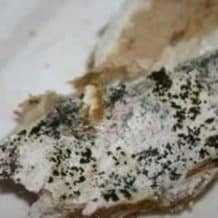Who Is Most Vulnerable to Illness from Molds

Human bodies can tolerate molds and mycotoxins in small quantities, but common molds are a very common allergen. Because exposure to mycotoxins is relatively rare, allergic effects are more common than toxic effects, but flooding such as is caused by hurricanes and typhoons have led to some serious dangers from Mycotoxin, or what is commonly called Black Mold or Toxic Mold.
Image: Mold toxins can cause flu-like symptoms, especially in children and people with allergies.
Some people are more sensitive to mold than others. There does not have to be an extensive amount of mold in an area to affect certain people. Toxic Mold such as Stachybotrys and Memnoniella can cause serious and sometimes fatal health conditions. (Remember that all molds can be harmful to your health, especially in your home and especially to people with allergies.)
There are not really any laboratory tests of blood or urine that can determine absolutely whether a person has been exposed to mycotoxins. Blood can be tested for antibodies to some specific types of fungi, but these tests only determine if a person who has become allergic to fungi has been exposed recently to that specific type of fungus. Allergy tests cannot determine if a person has been exposed to fungal toxins.
Who Is Most Vulnerable to Illness from Molds
The most vulnerable are:
Infants
Children
Immune-compromised patients
Pregnant women
People who have respiratory problems
Diabetics
People with allergies or asthma
The elderly
Next: Symptoms of Toxic Mold Illness
read more






